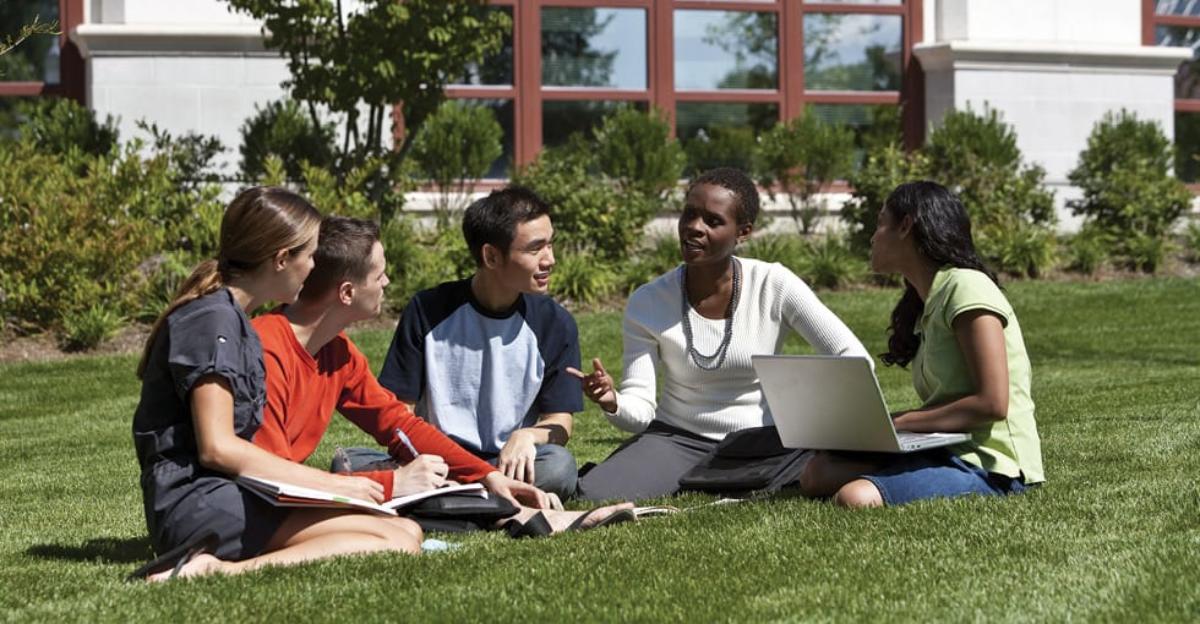Two cultural shifts are combining to have a detrimental effect on our children. This generation spends roughly half as much time outside as children 20 years ago. Meanwhile, between digital learning in school and free time at home, they spend about six hours looking at a screen. A main source of time outside—physical education—is consistently cut across the country.
Accordingly, obesity has doubled in the last 20 years. ADHD and depression diagnoses are sharply increasing.
The more we learn about these diseases, the more it appears that time outside can help:
- The sun is a major source of vitamin D, which strengthens bones and helps prevent heart disease, diabetes, and other ailments.
- Vision improves. Seeing at a distance fights nearsightedness.
- Studies have shown that time in nature can alleviate ADHD symptoms.
- Stress levels almost immediately decrease once children enter a green space.
What does this have to do with school design? There are many ways to leverage outdoor spaces for purposes other than physical education. Gardens, play areas, wooded areas, and covered pavilions can all play a part.
Believe it or not, if given the choice students tend to prefer going outside to staying in a classroom. In the right setting, learning can be just as effective—especially if the Wi-Fi can still reach the outdoor space.
Although there are many outdoor furniture options, learning can just as easily take place in and around permanent and semi-permanent features like amphitheaters, gardens, and water features.
The right outdoor space can support all hands-on lesson plans, especially those involving the STEM subjects. Instead of just being a holding area for students between classes and during lunch, it’s possible for your outdoor spaces to be truly functional components of your school.
Let us help with your next project!
Click here for more information about our furniture and design solutions.






Leave a Reply